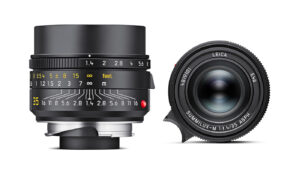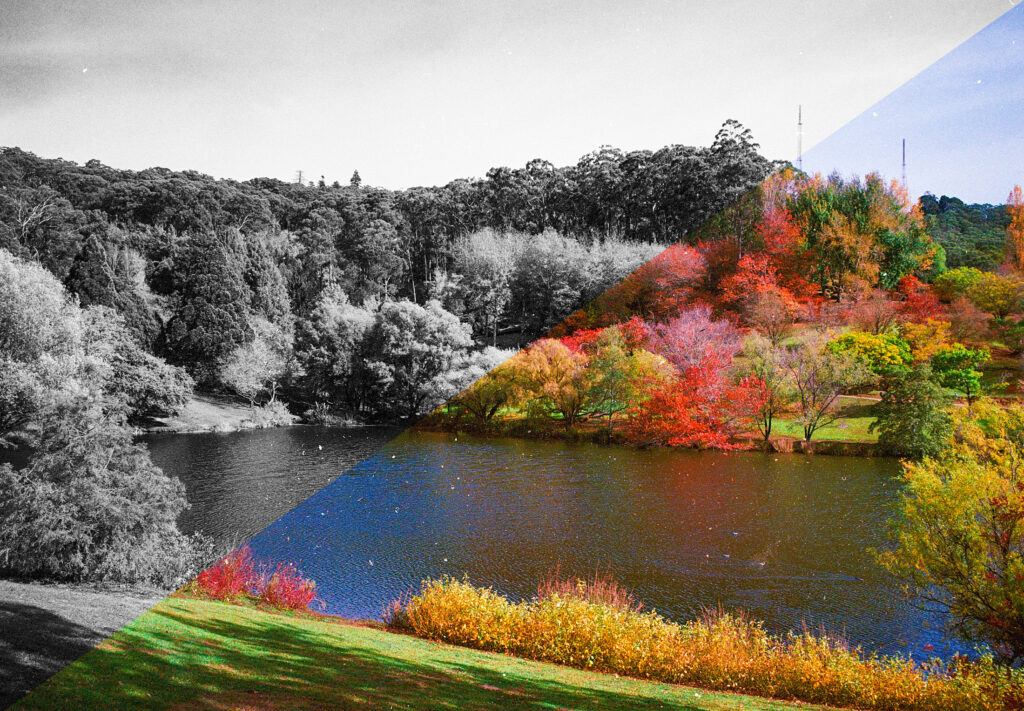When I want to have black and white photos, I put black and white film in my camera. Black and white film offers unique qualities that can’t be replicated with digital or desaturating colour photography. While it’s possible to convert colour images to black and white during post-processing, there are several reasons why it’s better to shoot black and white film directly.
One of the primary benefits of black and white film is the way it captures tonality. Without the distraction of colour, the focus shifts to light, shadow, and texture, creating a moody and emotive quality that’s hard to replicate with colour images. Black and white film can also capture details in highlights and shadows that might be lost in colour photography, resulting in more subtle and nuanced images.
Another advantage of shooting with black and white film is that it allows you to focus on composition and subject matter without the distractions of colour. By removing colour from the equation, you’re forced to think more about shape, texture, and contrast, which can lead to more compelling images. This focus on tonality can also be beneficial in fine art photography, where subtlety and nuance are often prized.
Additionally, different black and white films offer unique characteristics, including differences in grain structure, contrast levels, and tonal range. These unique properties are due to variations in the emulsions, chemicals used, and manufacturing processes involved in producing the films. For example, some films are known for producing fine grain, while others have a more pronounced grain structure that can add a sense of texture and depth to the images.
One of the most popular black and white films among photographers is Kodak Tri-X, which is known for its fine grain and versatile contrast levels. Ilford Delta 400 is another popular choice, producing images with excellent sharpness, a smooth tonal range, and medium contrast. For those looking for a more unique look, films like Kodak T-Max, Ilford Pan F, and Rollei Retro 80S can provide distinctive characteristics and looks.
I am actually a big fan of Ilford Pan F 50, becuase it is a 50iso film. Such a low, beautiful iso which produces such smooth and detailed black and white images that just can’t be beat by digital.
You also get to have the fun in developing your black and white at home. Sure you can do colour, but it isn’t easy.
One aspect of black and white film photography that sets it apart from colour photography is the use of colour filters. By using a colour filter, you can alter the tonal range of the image, creating a unique effect. For example, using a red filter can darken the sky and make clouds stand out more, while a yellow filter can enhance contrast and make greens look lighter. Using a green filter can enhance foliage and make light skin tones look more natural.
Experimenting with different colour filters over black and white film can open up new creative possibilities and allow you to create images with a unique and personal touch.
There’s something special about shooting with black and white film. Black and white film offers a tonality and subtlety that’s hard to replicate with colour images, and different films offer unique characteristics that can add depth and texture to your images.








































































